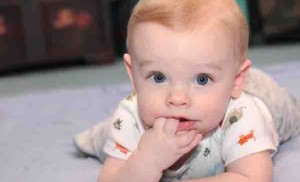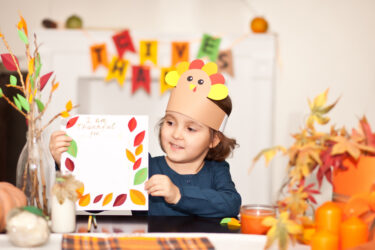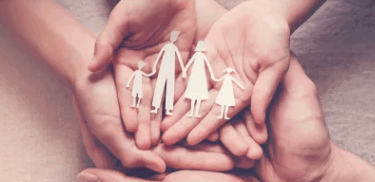Some of the obvious signs related to teething are shoving fingers in the mouth, a desire to chew on things and of course all that drool! But what about fever?
Yes, there’s plenty of drool and your baby keeps putting her fingers in her mouth … but what about that fever? Is it related to her teeth pain?
Don’t assume so, says Kevin Hale, spokesperson for the American Academy of Pediatric Dentistry. If Baby’s fever is above 101 you need to phone her pediatrician as teething and fever don’t necessarily go together.
Baby development experts say teething usually starts around 4 months old and continues until about age 2 or 3 years. Some babies may teeth sooner than others and when they do it’s usually in a predictable manner: first come the two lower middle teeth; next the four upper middle teeth, and after that the incisors (the furthest forward molars) then finally the back molars.
The most common sign of teething in an baby is drool. She also will show a desire to chew on things, a possible lack of appetite and crankiness caused by the pain of teeth pushing through the gums. Additional symptoms like fever and diarrhea have been attributed to teething, but doctors disagree on the subject.
It’s true that an infant who is cutting teeth can be miserable at times — although some may seem not to notice.
Here’s help for Baby’s discomfort:
• Give Baby a chilled teething ring or popsicle.
• You can try infant Tylenol or Motrin (just be sure you’re dosing correctly). Pain gel is another option which deadens the sensation in the gums for a short period of time,
• Let Baby chew on a pacifier (keep a couple in the fridge so they’re cool)
• Allowing Baby to suck on a cold, wet washcloth is helpful





